"Like elsewhere in Canada, Christmas is a tough time for many,” says Craig Thomas, operations manager at The Salvation Army in Yellowknife. “We have a small population that's spread out over a vast area, so there's more effort involved. But whether in Toronto, Vancouver, St. John's or here in the Northwest Territories, we're just fulfilling the mission of The Salvation Army.”
But it's more than “just” that. The community hamper program, a.k.a. Operation North Pole, is a major undertaking that assists eight to 11 communities every year, some a thousand kilometres away or more. Over 250 hampers are airlifted, besides an equal number given out in Yellowknife itself.
If you've ever wondered where the money placed in the familiar Salvation Army Christmas kettles goes, here's one answer.
Takeoff
The airlift began soon after The Salvation Army opened up a church in Yellowknife in 1982 and grew out of the community hamper program.
“From the beginning, we were aware of the need in some communities, and we recognized that The Salvation Army was not here only to support Yellowknife,” says Major Al Hoeft, who was posted there soon after the Army started operations. “We needed to be a presence in communities outside of Yellowknife as well, communities not accessible by road that needed assistance at Christmas.”
Message in a Box
For The Salvation Army in Yellowknife, Christmas starts in August, when contacts are re-established with the carriers who will be conducting the airlifts, as well as major funding partners such as Northwest Territories Power Corp.
“I've never been turned down,” smiles Craig.
In late October and early November, the communities themselves are contacted to see if there is still interest in partnering with the Army. Over the years, contacts have been made with health and community centres and government agencies, people who know their communities, know the people who are in need, and who are trusted to make sure the right people receive the right support.
“We don't sit back in Yellowknife and tell the communities what we think they need,” says Craig.
The hampers are not assembled as they are elsewhere throughout Canada. “With space at a premium,” says Craig, “we only airlift the contents, and the actual hampers are assembled on site.”
A typical hamper contains a turkey, canned fruit and canned vegetables, powdered milk, turkey stuffing, powdered juice crystals, tea and a variety of other supplies.
Each box has a Salvation Army shield on it with a message inside saying, “Merry Christmas from The Salvation Army.”
“And, of course, this includes enough copies of Faith & Friends to be shared with all,” smiles Craig.
Vital Trade-Off
This airlift would not be possible without the wholehearted support of the people of Yellowknife.
“Besides actual donations, individuals or companies in the community can sponsor a hamper, and we typically get about 150-200 hampers donated in this way,” says Craig.
Scores of volunteers contribute their time to sorting and packing. A nearby high school conducts a canned-food drive, then forms a human chain to deliver the boxes of cans and other hamper supplies from their gymnasium to the front door of the Salvation Army church.
“Traffic's stopped along the route for 45 minutes,” says Craig. “It's the highlight of the season for the schoolkids—and for us.”
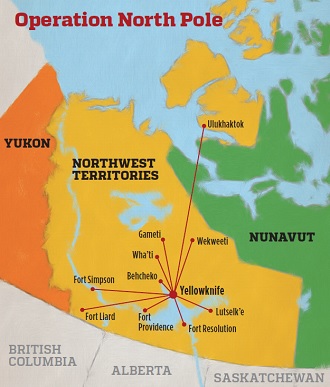
The volunteer effort extends to the actual flights, whose costs are covered by 440 Squadron of the Canadian Forces and private carriers such as Air Tindi, who donate space on their regular flights.
“There is no way we'd have the ability to do this on our own,” Craig states. “If we had to pay for these flights, it would run into the tens of thousands of dollars.”
By any measure, the distances involved are great. Most of the communities served are accessible only by plane, but even the truck trips are six to eight hours away from Yellowknife, remote even by the exacting standards of the North.
Early on, it was realized how impractical it was for Salvation Army personnel to personally hand over the hampers upon arrival
“When we're talking about, say, a 200-pound person, that removes 200 pounds of supplies,” Craig says. “We'd love to go, but that's the trade-off.”
Landing
Once the orders are in, Craig coordinates when the carriers and the military will fly into the communities.
“In years past, we've sometimes been delayed a week, meaning Santa Claus touched ground on the 24th of December,” says Craig. “But for the most part, we send the materials in at least seven days prior, partly to allow the airlines to get the product in without losing space for their own freight or cargo.”
When the packages are airborne, Craig alerts the community representative.
“Most of the time, it's just a gravel runway that the Twin Otters land on. The community reps and some volunteers will meet them right on the airstrip with a pick-up truck, and away they go.”
Making a Difference
Through Operation North Pole, The Salvation Army affects many communities in the Northwest Territories.
“We've been receiving hampers for more than a decade and it makes a great difference for families in need,” says Violet Landry, program co-ordinator at the Zhahti Koe Friendship Centre in Fort Providence. “Anyone who doubts that just has to look at the smiles on their faces.”
“It certainly is beneficial,” echoes Linda Thomas, the nurse in charge at the Gamètì Health Centre. “Some of these families are large and never get anything like a turkey unless The Salvation Army flies it in. It puts meat on the table and helps the families stay together. This is especially true for the elders, who can't cook by themselves. The other family members come together and cook it for them. The turkey dinner brings a lot of happiness to a lot of people.”
“We're a conduit of the good people of Yellowknife who are investing in the mission of The Salvation Army,” says Craig. “We're making a difference.
But it's more than “just” that. The community hamper program, a.k.a. Operation North Pole, is a major undertaking that assists eight to 11 communities every year, some a thousand kilometres away or more. Over 250 hampers are airlifted, besides an equal number given out in Yellowknife itself.
If you've ever wondered where the money placed in the familiar Salvation Army Christmas kettles goes, here's one answer.
Takeoff
The airlift began soon after The Salvation Army opened up a church in Yellowknife in 1982 and grew out of the community hamper program.
“From the beginning, we were aware of the need in some communities, and we recognized that The Salvation Army was not here only to support Yellowknife,” says Major Al Hoeft, who was posted there soon after the Army started operations. “We needed to be a presence in communities outside of Yellowknife as well, communities not accessible by road that needed assistance at Christmas.”
Message in a Box
For The Salvation Army in Yellowknife, Christmas starts in August, when contacts are re-established with the carriers who will be conducting the airlifts, as well as major funding partners such as Northwest Territories Power Corp.
“I've never been turned down,” smiles Craig.
In late October and early November, the communities themselves are contacted to see if there is still interest in partnering with the Army. Over the years, contacts have been made with health and community centres and government agencies, people who know their communities, know the people who are in need, and who are trusted to make sure the right people receive the right support.
“We don't sit back in Yellowknife and tell the communities what we think they need,” says Craig.
The hampers are not assembled as they are elsewhere throughout Canada. “With space at a premium,” says Craig, “we only airlift the contents, and the actual hampers are assembled on site.”
A typical hamper contains a turkey, canned fruit and canned vegetables, powdered milk, turkey stuffing, powdered juice crystals, tea and a variety of other supplies.
Each box has a Salvation Army shield on it with a message inside saying, “Merry Christmas from The Salvation Army.”
“And, of course, this includes enough copies of Faith & Friends to be shared with all,” smiles Craig.
Vital Trade-Off
This airlift would not be possible without the wholehearted support of the people of Yellowknife.
“Besides actual donations, individuals or companies in the community can sponsor a hamper, and we typically get about 150-200 hampers donated in this way,” says Craig.
Scores of volunteers contribute their time to sorting and packing. A nearby high school conducts a canned-food drive, then forms a human chain to deliver the boxes of cans and other hamper supplies from their gymnasium to the front door of the Salvation Army church.
“Traffic's stopped along the route for 45 minutes,” says Craig. “It's the highlight of the season for the schoolkids—and for us.”

The volunteer effort extends to the actual flights, whose costs are covered by 440 Squadron of the Canadian Forces and private carriers such as Air Tindi, who donate space on their regular flights.
“There is no way we'd have the ability to do this on our own,” Craig states. “If we had to pay for these flights, it would run into the tens of thousands of dollars.”
By any measure, the distances involved are great. Most of the communities served are accessible only by plane, but even the truck trips are six to eight hours away from Yellowknife, remote even by the exacting standards of the North.
Early on, it was realized how impractical it was for Salvation Army personnel to personally hand over the hampers upon arrival
“When we're talking about, say, a 200-pound person, that removes 200 pounds of supplies,” Craig says. “We'd love to go, but that's the trade-off.”
Landing
Once the orders are in, Craig coordinates when the carriers and the military will fly into the communities.
“In years past, we've sometimes been delayed a week, meaning Santa Claus touched ground on the 24th of December,” says Craig. “But for the most part, we send the materials in at least seven days prior, partly to allow the airlines to get the product in without losing space for their own freight or cargo.”
When the packages are airborne, Craig alerts the community representative.
“Most of the time, it's just a gravel runway that the Twin Otters land on. The community reps and some volunteers will meet them right on the airstrip with a pick-up truck, and away they go.”
Making a Difference
Through Operation North Pole, The Salvation Army affects many communities in the Northwest Territories.
“We've been receiving hampers for more than a decade and it makes a great difference for families in need,” says Violet Landry, program co-ordinator at the Zhahti Koe Friendship Centre in Fort Providence. “Anyone who doubts that just has to look at the smiles on their faces.”
“It certainly is beneficial,” echoes Linda Thomas, the nurse in charge at the Gamètì Health Centre. “Some of these families are large and never get anything like a turkey unless The Salvation Army flies it in. It puts meat on the table and helps the families stay together. This is especially true for the elders, who can't cook by themselves. The other family members come together and cook it for them. The turkey dinner brings a lot of happiness to a lot of people.”
“We're a conduit of the good people of Yellowknife who are investing in the mission of The Salvation Army,” says Craig. “We're making a difference.
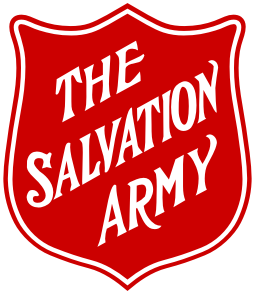
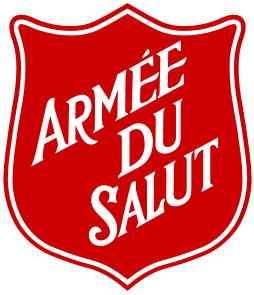


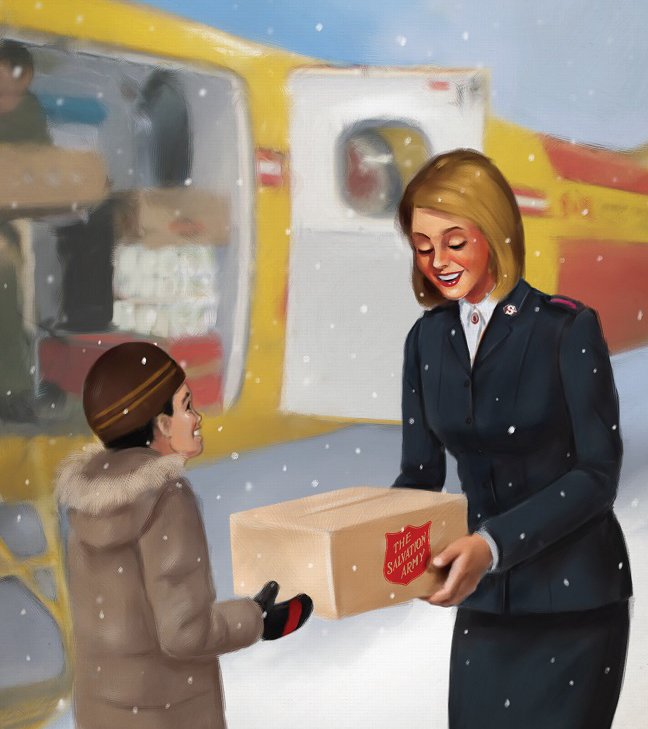
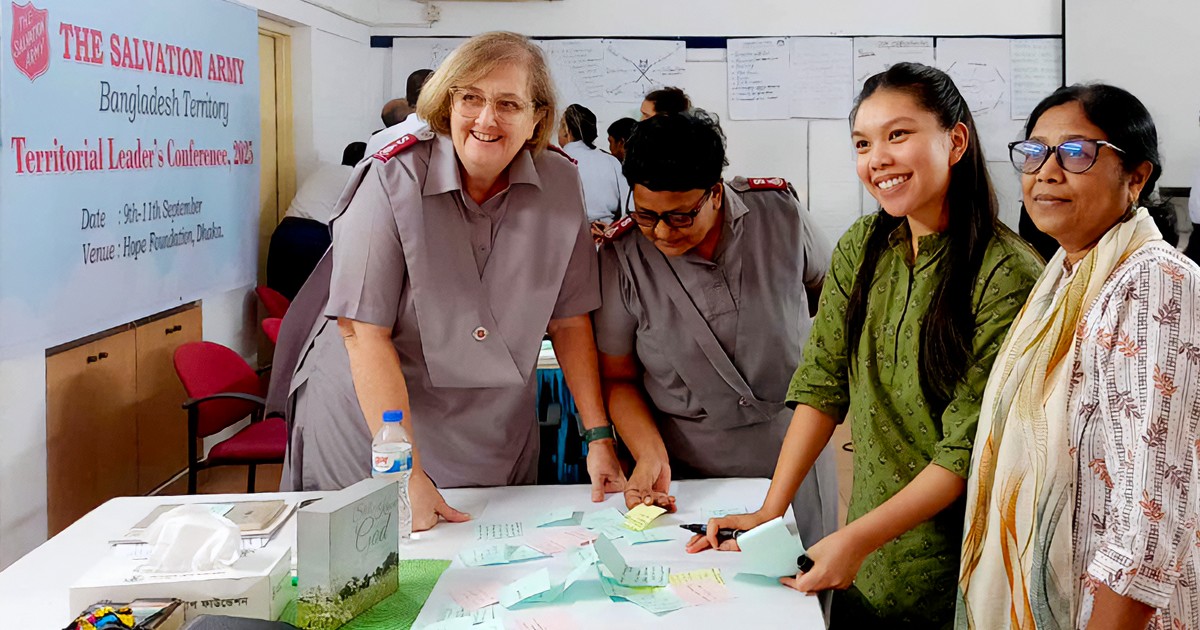
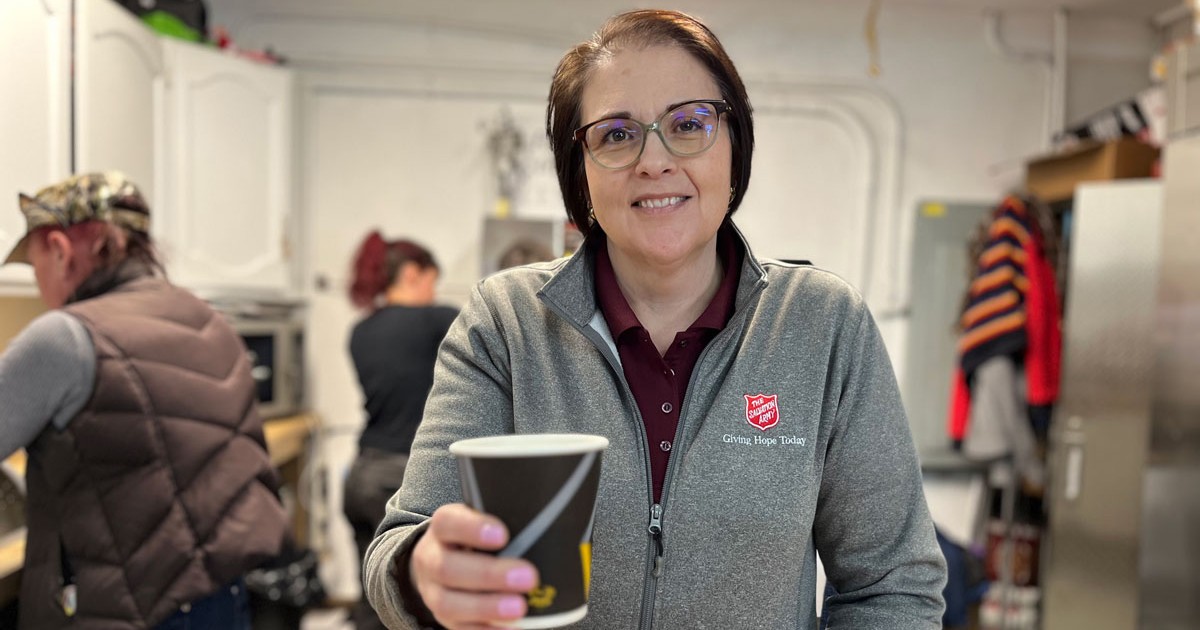
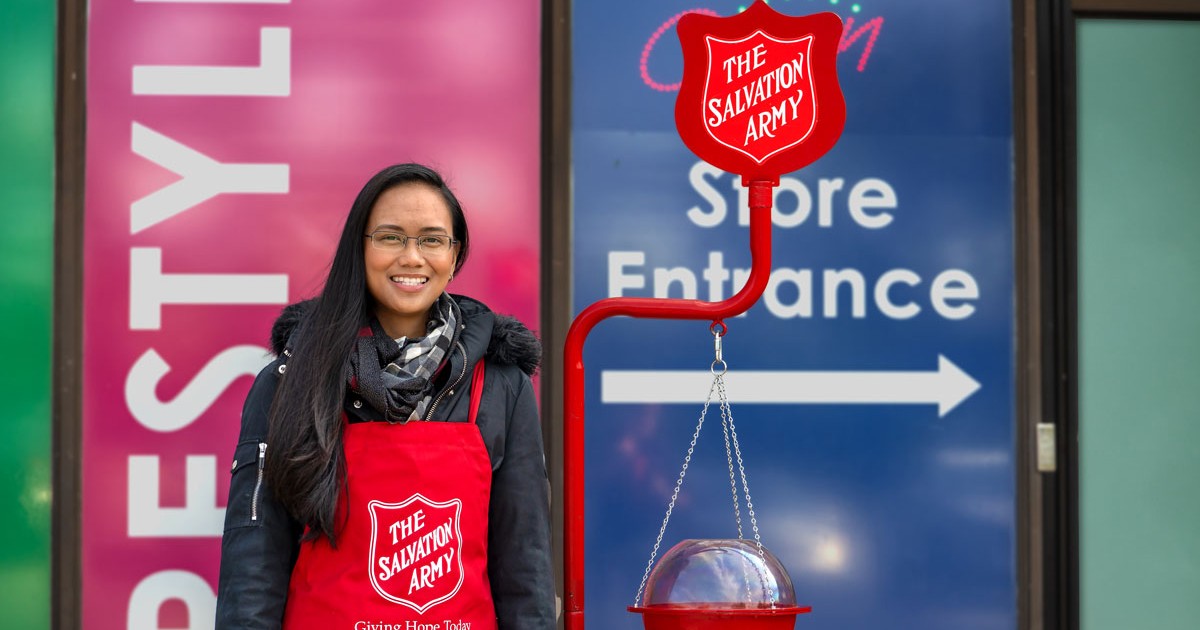


Leave a Comment